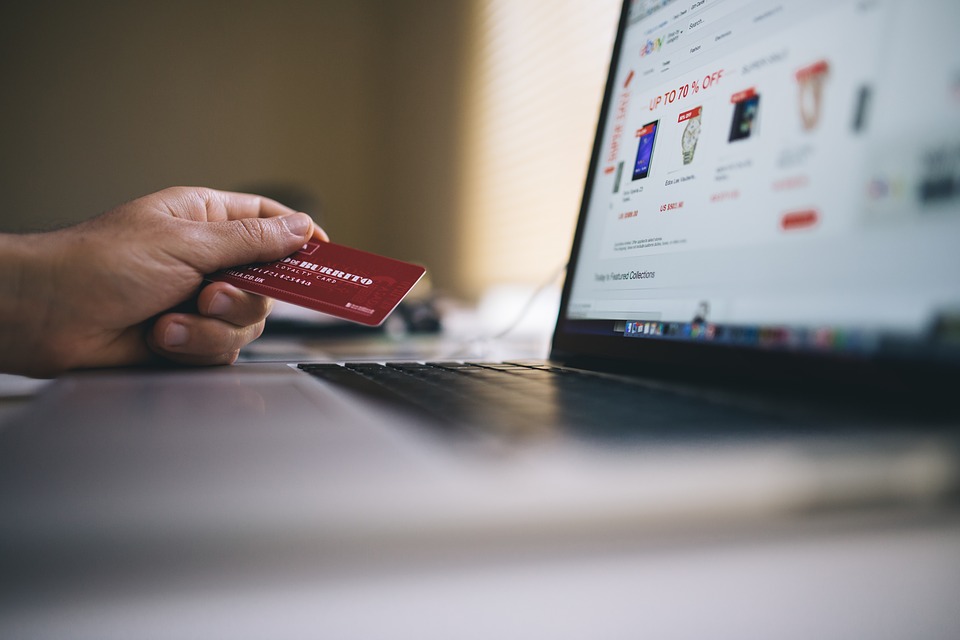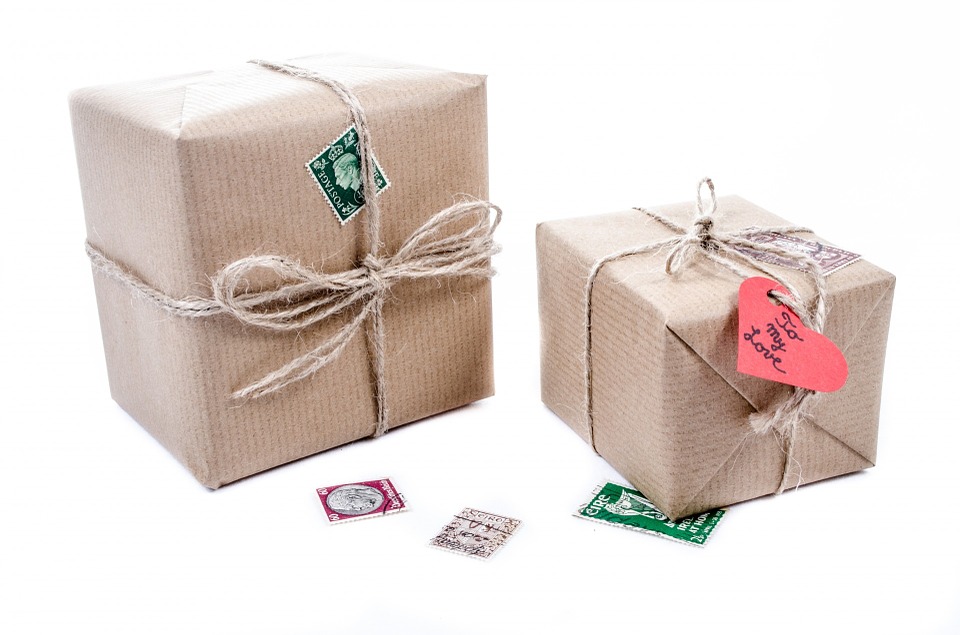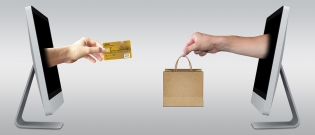All retailers use promotions and offers as a form of marketing as a way to make the most out of old stock, and to boost the visibility of their brands. In e-commerce the promotional side of using offers, sales and discounts is even more valuable than in physical stores, because it can be a serious hook for getting someone to visit the site for the first time, or to engage with a business by for instance following it on social media or joining its email mailing list.
If you are running an online retailer, whether you are a start-up or a company that is already established, it is worth occasionally reviewing how your recent special offers and promotions have fared with your customers, and to review whether or not you are using them to best effect.
Here we take a look at some of the different types of promotions that e-commerce companies can use and what some of the most effective ways of implementing them are.
What Are the Main Goals of E-Commerce Promotions?
To understand promotions, you first need to understand what the objectives you are trying to achieve with each new offer or discount are. Some promotions are used to lure people into visiting the site and becoming a first-time customer, or to launch new products. Another objective could be to get more social media followers, to get people to share your brand messages on social media, or to get people to sign up to your mailing list so that they can receive future news about other deals and company news. Sales and promotions can also be used to encourage old customers to return, and to get rid of old stock to make way for new lines. This is one of the most common reasons for sales in bricks and mortar stores however it can also be something that online businesses also take advantage of.
.
Using promotions will obviously help boost sales revenue on your site if used appropriately, but after a while some businesses may find these techniques losing their effectiveness – this doesn't mean they should be completely dismissed. Often, these promotional approaches need to be used in conjunction with other methods, for example, using on site retargeting.
.
Optinmonster provide on site retargeting software which allows businesses to provide returning customers with personalised and targeted promotions – this way, your returning customers will be seeing different promotions every time they enter the site, and so previously used promotion methods should remain effective for a longer period of time.
.
What Are the Different Types of Promotions?
There are different ways of offering customers something extra or a discount. Some promotions are what is known as value-add promotions, this is where rather than paying less for a product they pay the same amount but get something more. This can include things like upgrades to options like shipping. You could for example offer next day shipping for the same price as standard shipping as a promotional way of adding value.
Things like free gifts that come with a product also fall into this category. Beauty retailers do this quite often, for example, with offers of cosmetics bags and sample size products given away when somebody buys something at full price.
Other types of promotion would include discounts, multi buy deals such as buy one get one free or buy two and get the third free offers, and standard sales where prices on entire lines are reduced.
Another type of promotion would be the kind where someone receives either a discount or a free gift for performing an action that benefits the business. Things like discount vouchers offered in return for social media shares, or for liking a Facebook page are good examples of this. Another way this is often used is by offering something to everybody who signs up for an email mailing list. Ebooks are often given away in this way, but discount codes or a onetime only deal can also be used as sign up incentives.

Using Giveaways
Any kind of giveaway, whether it is to people who have signed up for marketing lists, or gifts given along with purchases, is the most expensive type of promotion for a business because they are obviously losing stock for free. This is why digital products are often used for this, because there is no individual cost per unit. When physical products are given away in this manner it should always be considered a major promotion and a big incentive for customers. Giveaways should not be used lightly but can be incredibly effective because everybody likes the idea of getting something for nothing!
Using Sales
Sales on full lines, for instance on things that have gone out of season or have been otherwise superseded by new products can be a great way to win new customers who are interested in finding a bargain and can also allow you to make some profit margin on old stock you may otherwise never be able to sell at its full price again.
.
This is not the only time to use sales, however, and following seasonal sale trends in your industry can be a good idea even if you don't have things you need to sell at a discount shift. People expect sales at certain times, for instance Black Friday and at the end of each fashion season, so by not having them you would be giving your rivals an advantage over you. Thinking about how much of a discount to offer, and on which lines, is where you will need to apply market research and analysis of how these products have performed at full price.
Using Free or Upgraded Shipping
Free shipping can be one of the biggest ways to encourage people to buy if they are on the fence about doing so. This is because while people enjoy the convenience of shopping online, the downsides of having to pay extra just to receive the items and having to wait for a while to get their hands on them are still obstacles for some people to buy. When shipping costs them nothing or there is the option to receive their goods the next day or on a day of their choice without having to pay a premium, this feels like exceptional value to them.
.
Think of free shipping as removing the penalty of paying for delivery when you shop online rather than in a store. Of course, how often you offer free shipping and on which shipping options you provide it depends very much on your own shipping costs. For companies who largely sell small items domestically it can be possible to have free shipping as a permanent option. Even when free shipping is always available it can still be presented as a promotion.

Using Conditional Discounts
Conditional discounts can be a great way to build up your marketing list and to get more buzz on social media. Most people will not think to share your social media content without getting something in return, but when there is a chance to get a discount they will see it as a small price to pay. You can also use this kind of promotion creatively, for example offering the deal to people who post pictures of themselves on Twitter or Instagram using your products, or who post things that contain a hashtag relative to your brand period
Using Multibuy Options
Buy one get one free or buy two get the third free type deals are very popular in certain sectors, however, they are of course essentially giveaways. They can be used when the mark-up on a product is fairly high so profit is still made on each unit, when you have too much of a product to sell at full price and want to clear stock space, or as a value add on items people tend to buy repeatedly such as consumables like food, cosmetics, and cleaning products. Multibuy options can also be useful during gift buying seasons. For instance, offering two for one on a gift style product can allow a shopper to take care of two Christmas presents while only paying for one.
.
As you can see there are lots of different ways of achieving your promotional objectives using discounts and other deals. However, every new offer should be weighed up in terms of its cost and its value to the customer.








